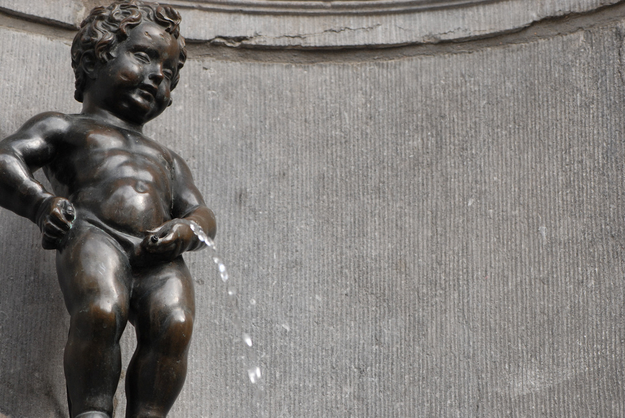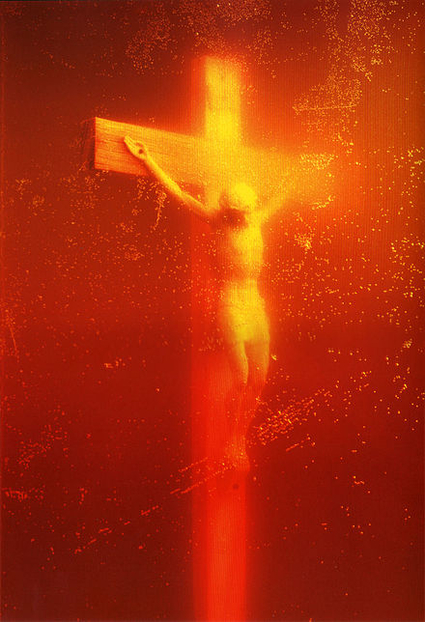While Rembrandt van Rijn’s etchings depict the gendered gap that to this day still remains in the relation to (public) urination, the etchings also plays into the larger historic line of urine depictions.
Throughout the history of art, urine is seen in both etchings, sketches, and paintings as well as sculptural, installational and performative art. The associated thematics are as diverse as mythology, religion, exotism and identification (or caricaturization) of class and society. Or, as is the case with Rembrandt’s etchings, genderization.
The many variations over the motif has also created quite a few seminal pieces. Manneken Pis(1618) in Brussels is perhaps one of the most recognizable fountains in modern culture. Created by Hieronimus Duquesnoy and erected in Brussels in 1619, the myths and stories surrounding the little urinating boy are countless. From putting out fires with his pee and thus saving the castle, and urinating on enemy troops, to a little boy being lost and found peeing by a street corner. The significance and the recognizability of the sculpture also means that it has been subject to many forms of vandalism such as theft.
Like Rembrandt’s etchings, Manneken Pis has also, although decades after its creation, taken on a facet of genderization, with the creation of the female fountain-counterpart Jeanneke Pis (1987) and most recently the canine sculpture Zinneke Pis (1998).
More exotic and perhaps less familiar is Paul Gauguin’s painting Te Poipoi (1892). Te Poipoi, or “The Morning”, was considered modern and daring when painted, showing two half-naked women going about their morning rituals under the mango trees of Tahiti, one bathing and one squatting as if to pee. Gauguin’s Tahitian imagery is today considered among some of his finest works.
The twentieth century saw urine put into a new, even more provocative context. The century itself characterized by a spirit of subversion and revolutions of social, aesthetic, political and cultural nature, the art saw on an equally riveting transgression. Already in 1917 Marcel Duchamp created what is perhaps one of the most seminal pieces of art regarding both urine and modern art in general, when he coined the term ”ready-made” and created Fountain. The artistic references to urine throughout the 1900s range from Duchamp to Andy Warhol, Robert Mapplethorpe, Erwin Wurm and Pablo Picasso, among others, who all either depicted urine or used urine as medium.
One of the most debated pieces of the second half of the twentieth century is Andres Serrano’s Piss Christ, a photograph of a crucifix submerged in the artist’s own urine. The piece’s problematising of religion and in particular christianity has created controversy numerous times since it’s creation in 1987. In 2011, during an exhibition in Avignon in France, several religious protesters vandalized the photograph with hammers, destroying the piece beyond repair. The piece most recently caused a stir, when the Associated Press chose to pixelate the cartoons of Charlie Hebdo depicting Mohammad, meanwhile leaving images of Piss Christ untouched in their online library. The pictures of Piss Christ were later removed entirely from the library of the Associated Press.
Through decades and decades, urine depictions and references of different kinds have been present in art. Many artists today are still working with or around the subject an continuously produce projects and pieces, that push the boundaries of the cultural norms and taboos, that still surround urine. As the stir surrounding the Piss Christ this past winter of 2014/15 shows, urine is still in many ways considered controversial - even though art has been pushing the envelope on this for many, many years.


